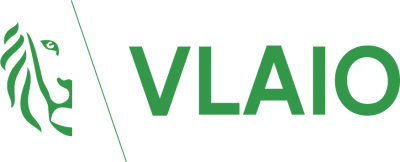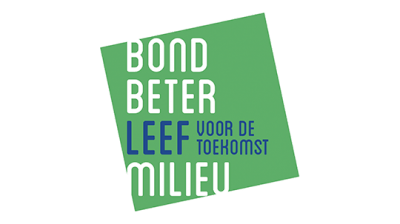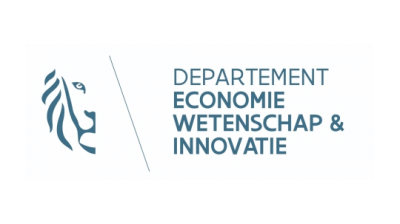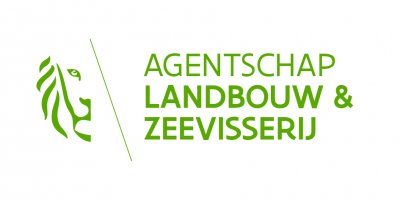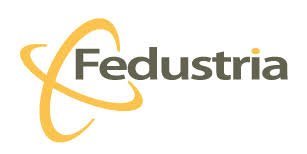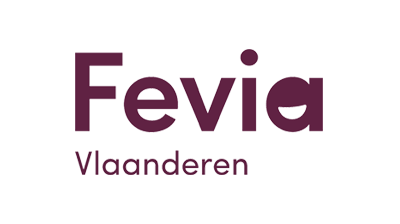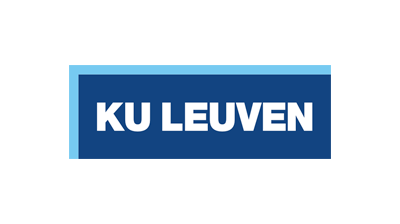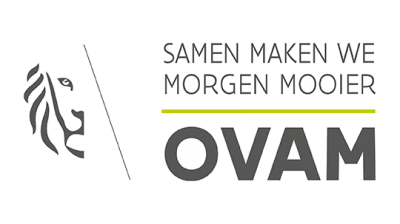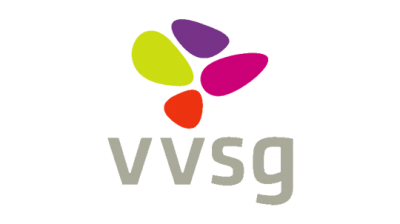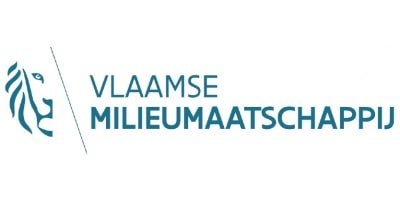Platform for Circular Building Nodes
Sharing practical experiences with a view to faster adoption of circular implementation methods
Building junctions are places in a building where different construction components come together and are attached to each other. The platform not only deals with demountable building junctions but also with junctions using renewable materials, the application of in-situ reused materials, etc. However, there is still a significant gap between theory and practice in this area: innovative solutions are usually conceived on the construction site itself but are rarely shared afterwards. Unfortunately, this gap remains.
With this project, LabLand aims to find a solution for this issue. Together with VUB Architectural Engineering, we investigated how we can stimulate the development of circular practical knowledge by bringing together various construction actors to exchange experiences. In this process, we analyzed and tested a whole range of forms of collaboration and knowledge flows. We also aimed to develop a platform where construction professionals can exchange practical experiences, thereby gaining the confidence to apply circular construction nodes.
By giving practical experience a sounding board, we generate a long-term win-win for everyone involved. This way, we counteract the paralyzing competition that currently leads to short-term decisions and a status quo.
Key results |
Key lessons learned |
|
|
What will the future bring?
As co-project owners, we coordinate construction projects within various activation models for underutilized space (e.g., Inschuifhuis, Living above Shops…). Thanks to this project, there is now a method to document and share the developed knowledge from our own projects. The insights from this research directly lead us to expand our activities and teach the techniques to others.
Several developed formats, like the architect brainstorming sessions, will be permanently employed. The interactions between participants led to more and more ambitious circular construction projects.
The lessons learned from this project (and from the Interdisciplinary Circular Architecture Laboratory project) also form the foundation for www.maakdebrug.be. Therein, the business model is further developed based on various hypotheses, such as a partially closed model with membership, sponsorship by construction producers …
LabLand vzw
Partners Vrije Universiteit Brussel - Architectural Engineering
Topics Raising awareness › Data & Tools › LCA & LCC › Circular materials and building systems ›
